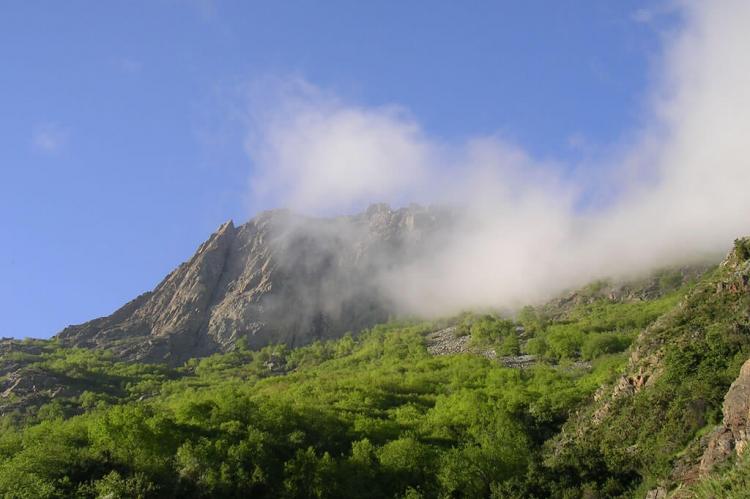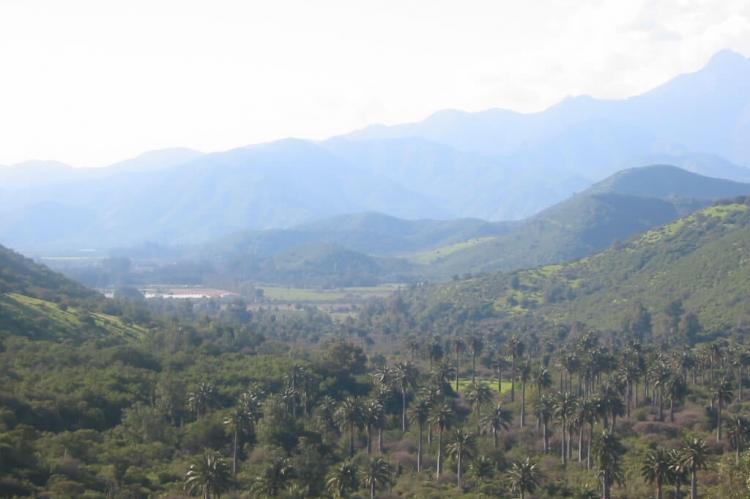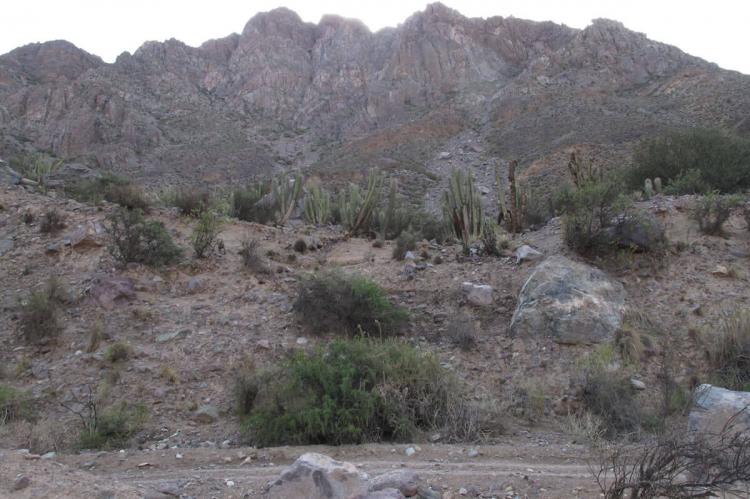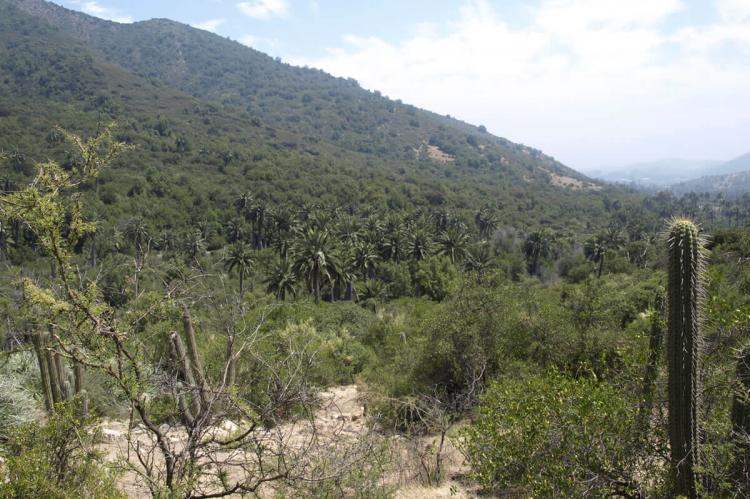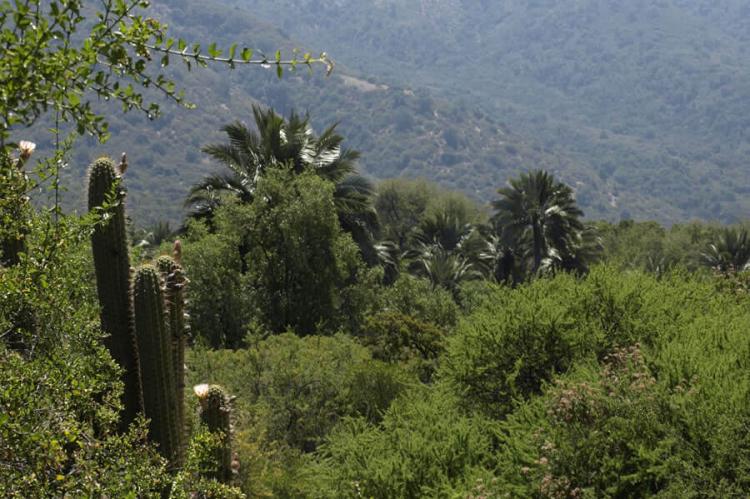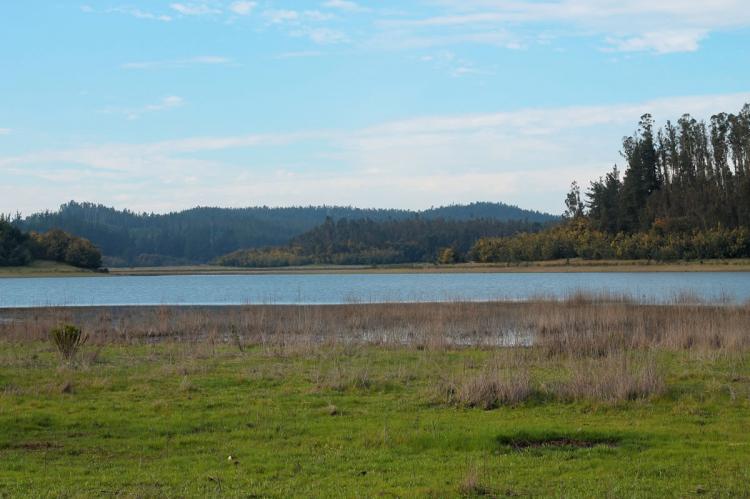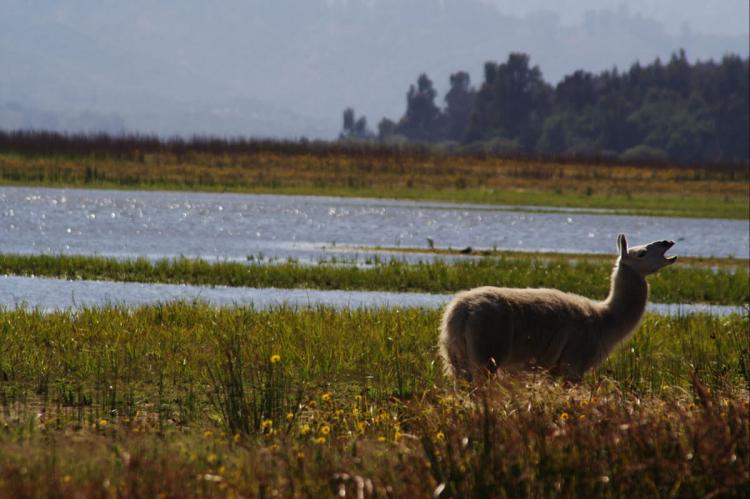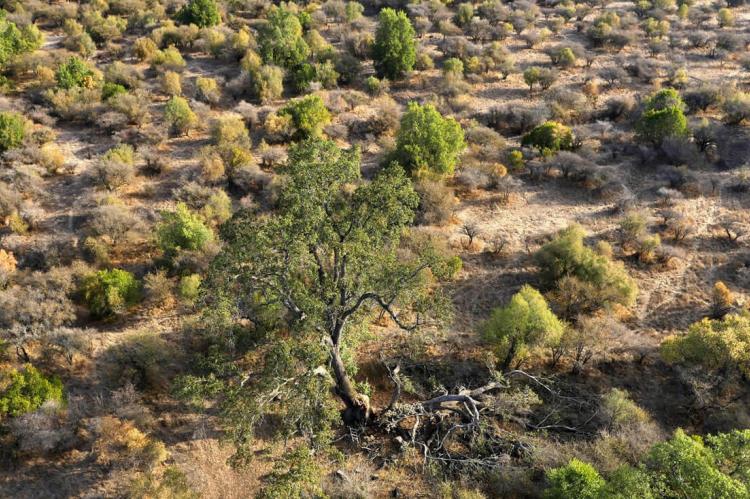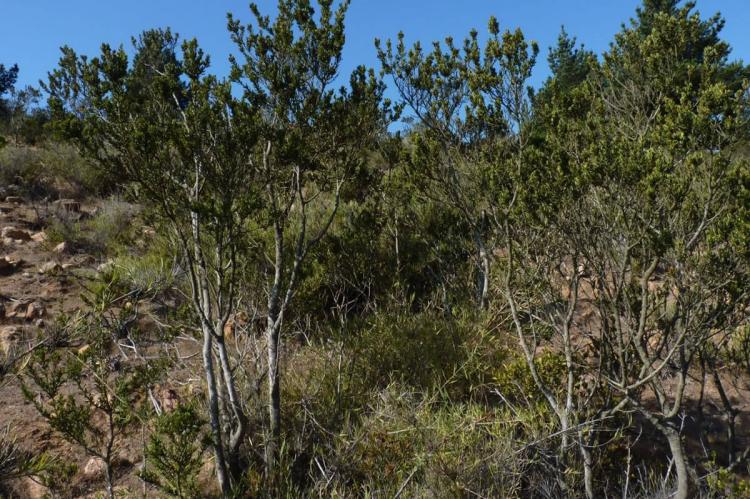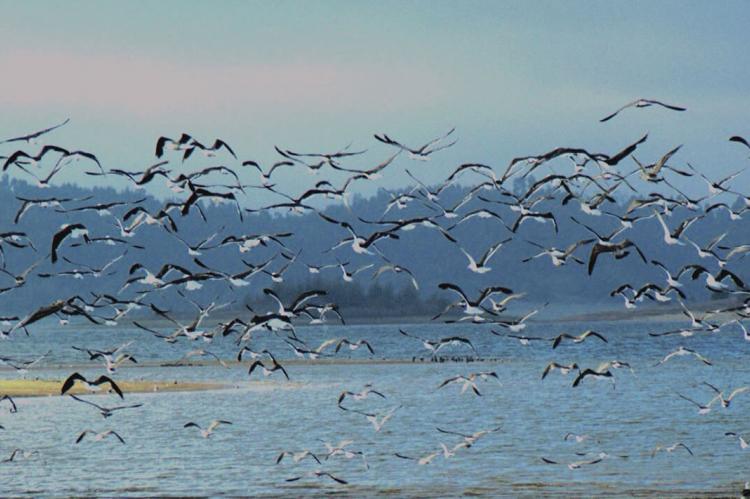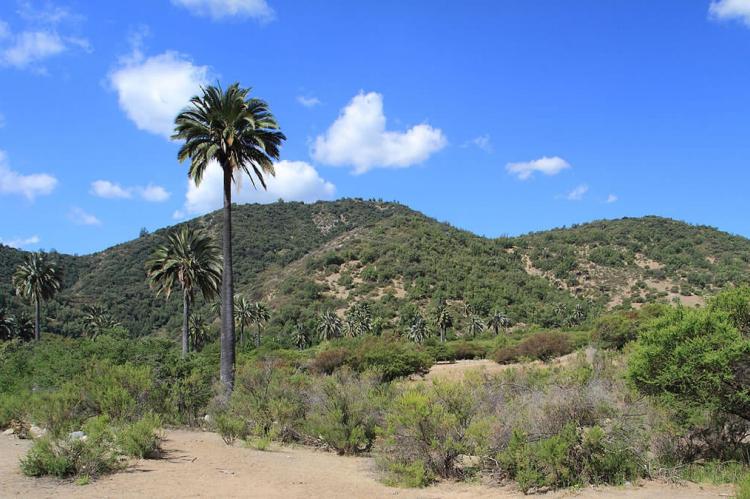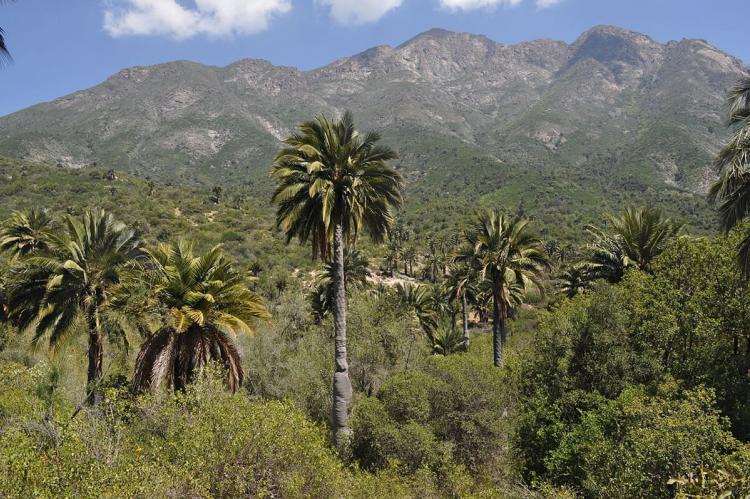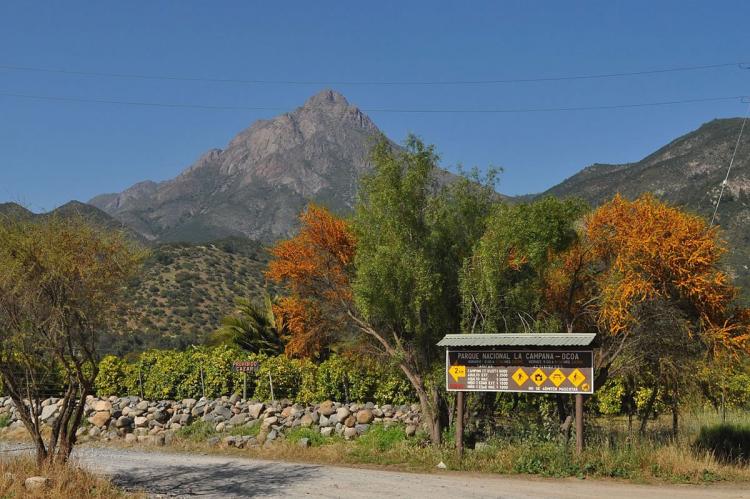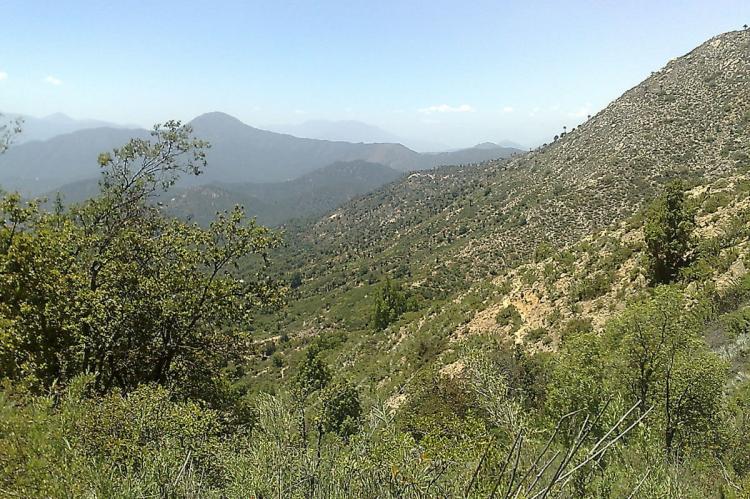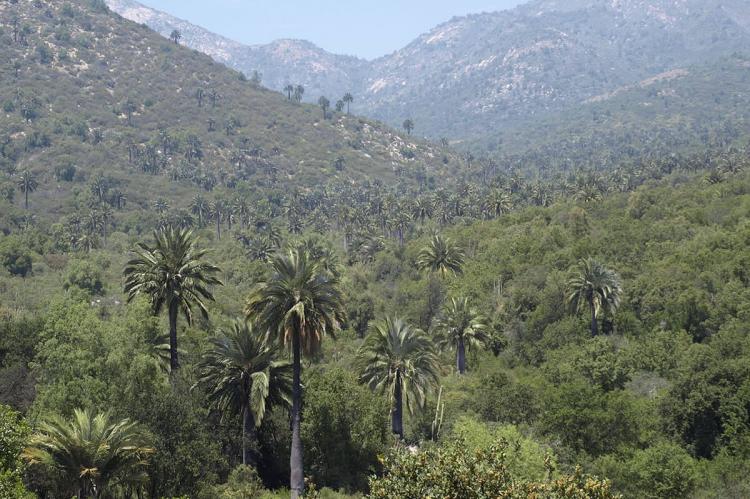La Campana-Peñuelas Biosphere Reserve: A Symphony of Nature in Chile's Valparaíso Region
Located in the Valparaíso Region of Chile, the La Campana-Peñuelas Biosphere Reserve, which comprises the La Campana National Park and the Lago Peñuelas National Reserve, has a rich diversity of landscapes, wildlife, and cultural heritage.
La Campana-Peñuelas Biosphere Reserve
A Symphony of Nature in Chile's Valparaíso Region
Nestled in the heart of the Valparaíso Region in Chile, the La Campana-Peñuelas Biosphere Reserve is a testament to the country's commitment to preserving its ecological treasures. Comprising the La Campana National Park and the Lago Peñuelas National Reserve, this UNESCO-declared Biosphere Reserve, bestowed with the honor in 1985, weaves together a rich tapestry of landscapes, biodiversity, and cultural history.
Geography and Landscape
Encompassing a vast expanse of 17,095 hectares (42,242 acres), the La Campana-Peñuelas Biosphere Reserve is a terrain of gentle undulations adorned with small hills and gullies. Its highest peaks, El Roble at 2,222 meters (7,290 feet) and La Campana at 1,920 meters (6,300 feet) watch over a landscape that embraces the majesty of scrubland. This biosphere reserve's topography provides a home for diverse ecosystems, each harboring endemic species and playing a crucial role in conserving Chile's natural heritage.
Forests, Palms, and Relict Stands
Within the embrace of the La Campana-Peñuelas Biosphere Reserve lies a sanctuary for the endangered Chilean Wine Palm. This biosphere reserve cradles one of the country's last two relict stands of Chilean palms (Jubaea chilensis) and roble beech (Nothophagus obliqua). From hygrophyll and sclerophyll forests to deciduous forests of Santiago's oak and palm forests adorned with Chilean Wine Palms, the biosphere reserve unfolds as a haven for varied vegetation, creating a mosaic of habitats.
Ecosystems of Endemism
The diversity extends to various ecosystems, each hosting unique endemic species. From the spiny shrub formations with Acacia caven and the Chilean pepper tree to the xerophilous and chusquea culeou shrubland, the biosphere reserve is a living testament to the adaptability and resilience of life in varied climates. Highland steppe shrubland and formations of large Puyas or "chaguales" further contribute to the rich biodiversity of this protected area.
Fauna Diversity
While not abundant, the fauna within the La Campana-Peñuelas Biosphere Reserve reflects diversity. Culpeo and Argentine grey foxes roam these lands, while noteworthy birds such as the black-chested buzzard-eagle, red-backed hawk, and Chilean mockingbird grace the skies above. This biosphere reserve becomes a haven for mammalian and avian species, creating a delicate balance in this natural symphony.
La Campana National Park
The La Campana National Park, covering approximately 8,000 hectares (19,760 acres), is a verdant expanse that envelopes visitors in a rich biodiversity. One of its notable inhabitants is the endangered Chilean Wine Palm, flourishing in groves within the Ocoa Valley. The park is part of the Chilean Matorral Ecoregion, featuring diverse vegetation, including the Boldo, Litre, Peumo, Patagua, Winter's Bark, and Lingue.
Cerro La Campana: A Historic Ascent
At the heart of the park stands the iconic Cerro La Campana, its name echoing Charles Darwin's historic ascent during the second voyage of HMS Beagle in 1834. The mountain, reaching 1,920 meters (6,300 feet), is not merely a geological wonder but a living testament to the resilience of the Chilean landscape.
Guardians of Conservation: CONAF
Under the watchful eye of Chile's National Park System, CONAF (Corporación Forestal Nacional), La Campana National Park has become a sanctuary for nature enthusiasts and researchers alike. The meticulous supervision ensures the delicate balance of ecosystems, making it a haven for plant and animal species.
Lago Peñuelas National Reserve
Adjacent to the La Campana National Park is the Lago Peñuelas National Reserve, a protected area established in 1952 to safeguard the drainage of the Peñuelas reservoir and dam. Covering 9,260 hectares (22,880 acres), this reserve plays a pivotal role in preserving the aquatic ecosystems that provide drinking water to the cities of Valparaíso and Viña del Mar.
Flora Diversity and Exotic Reforestation
The reserve's flora includes mixed forests, riparian scrub, deciduous forest, and thorny scrub. A unique feature is the presence of exotic tree species like Eucalyptus globulus and Pinus radiata, strategically planted for reforestation. This deliberate management ensures the conservation of native vegetation alongside introduced species.
Avian Wonders and Mammalian Residents
Lago Peñuelas National Reserve becomes a haven for both birdwatchers and wildlife enthusiasts. With 120 recorded bird species, including migratory ones, and mammalian residents such as the pampas cat, lesser grison, Andes skunk, culpeo, and South American gray fox, the reserve thrives as a testament to the richness of Chile's natural heritage.
Preserving the Water Lifeline
Beyond its terrestrial wonders, the reserve's freshwater reservoir, Peñuelas Lake, serves as a lifeline for Valparaíso and Viña del Mar. Marshes, grasslands, and semi-arid scrublands surround the lake, creating a diverse landscape vital for migratory and resident bird species.
Preserving Cultural Heritage
The La Campana-Peñuelas Biosphere Reserve is a sanctuary for nature and a testament to the delicate interplay between human communities and the environment. Inhabited by approximately 80,000 visitors annually, the reserve's activities include recreational pursuits and environmental education, ensuring a harmonious coexistence between humans and nature.
In the embrace of La Campana-Peñuelas Biosphere Reserve, Chile's Valparaíso Region is enriched with the legacy of biodiversity and cultural heritage. This harmonious blend of conservation, recreation, and education sets a model for sustainable coexistence, inviting all who visit to become stewards of this natural symphony.
